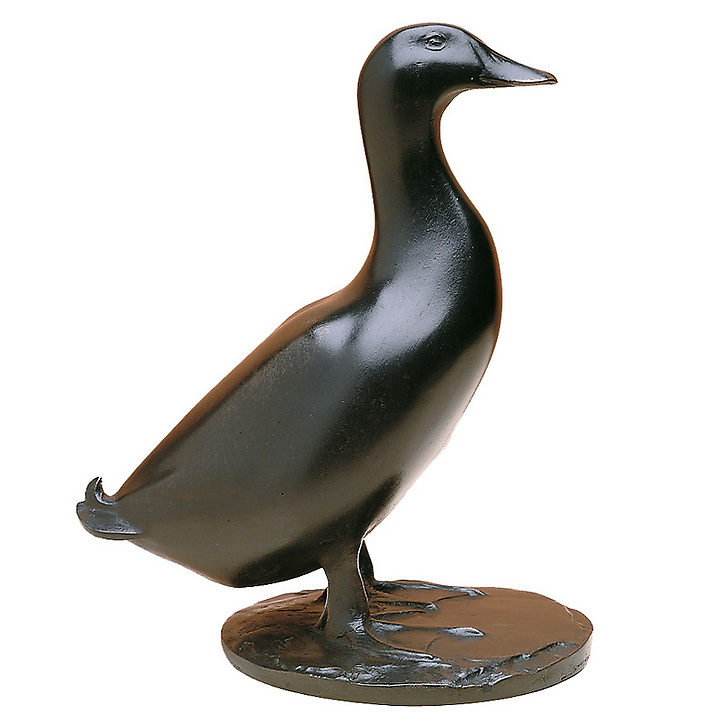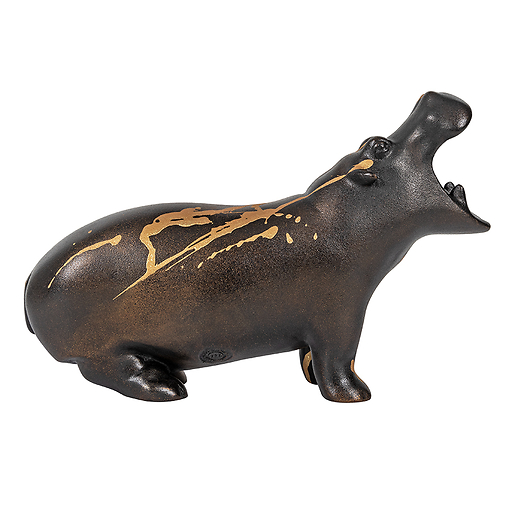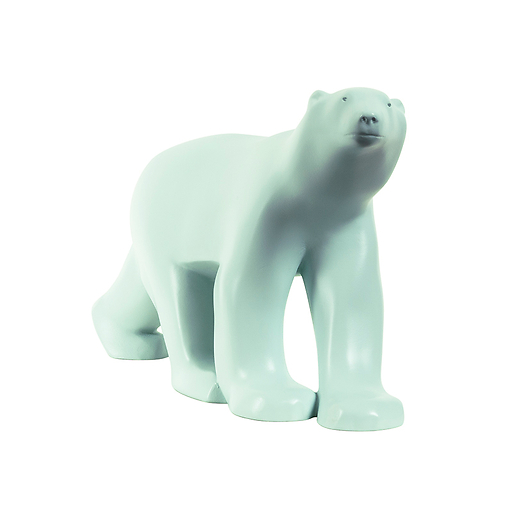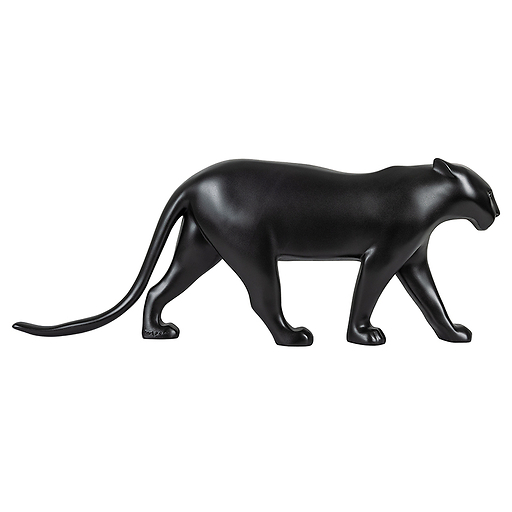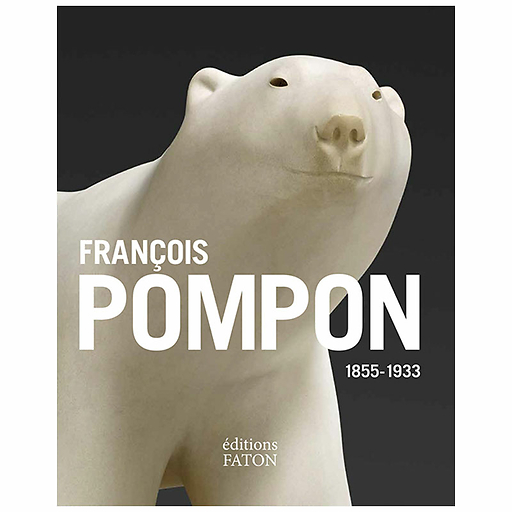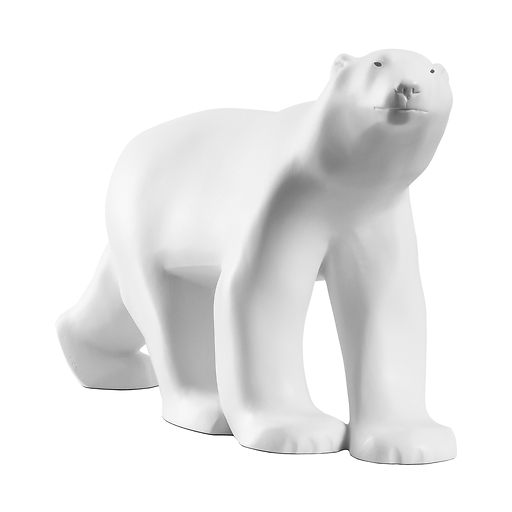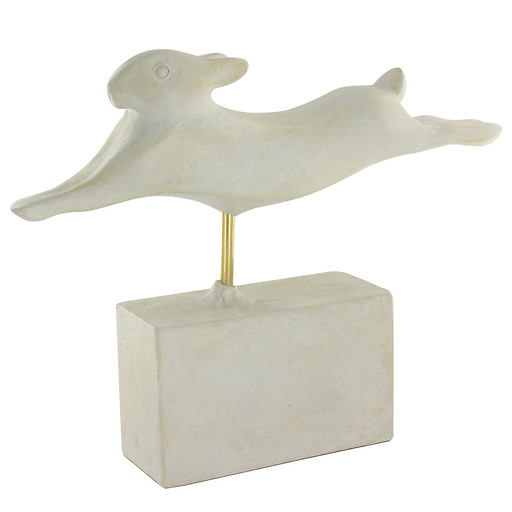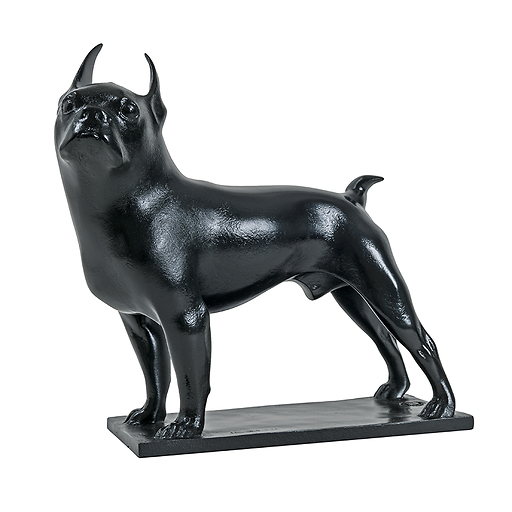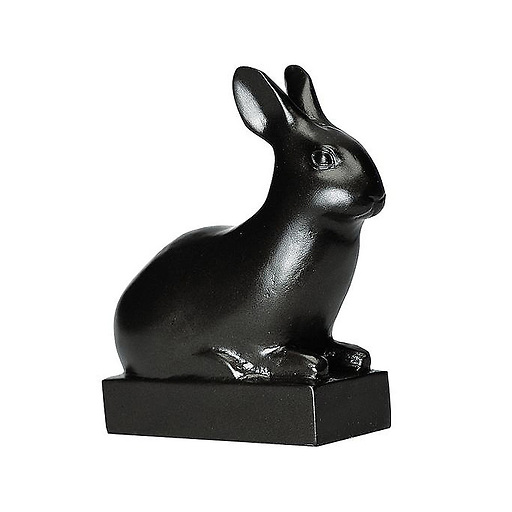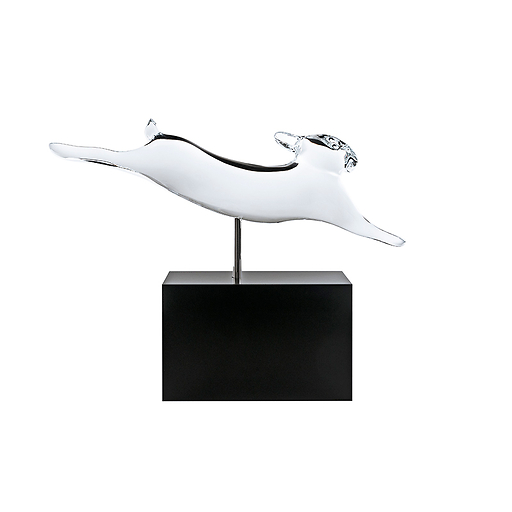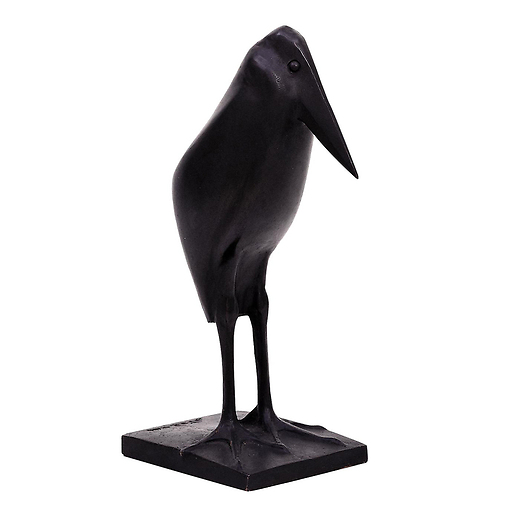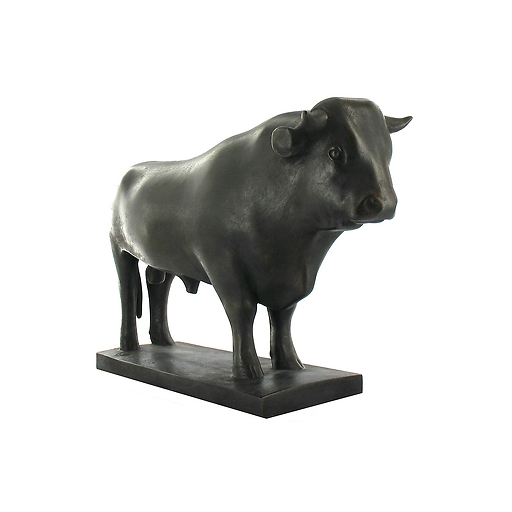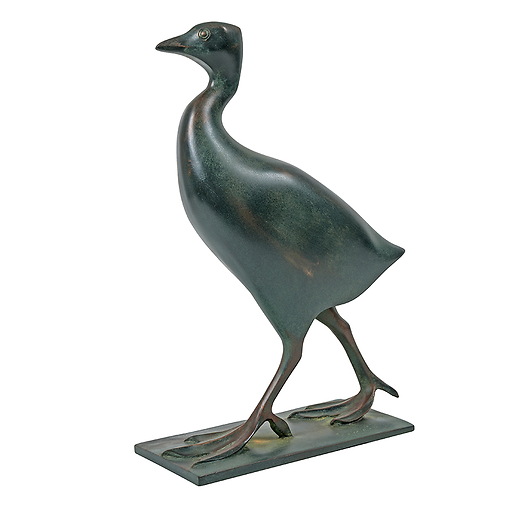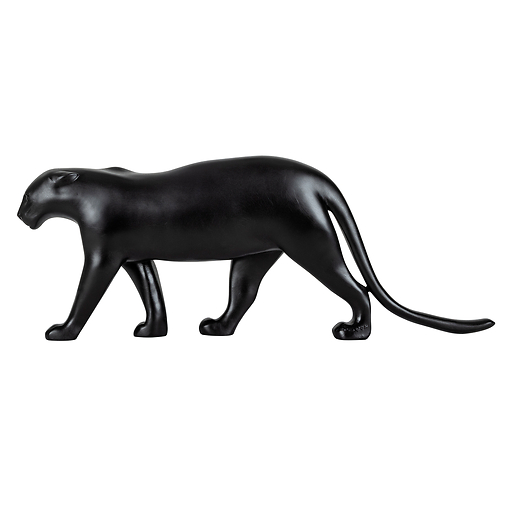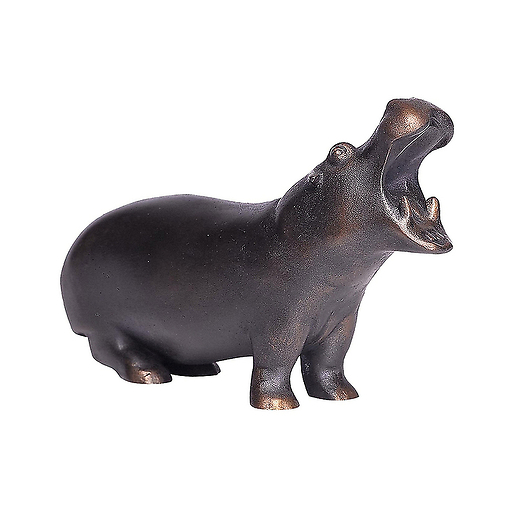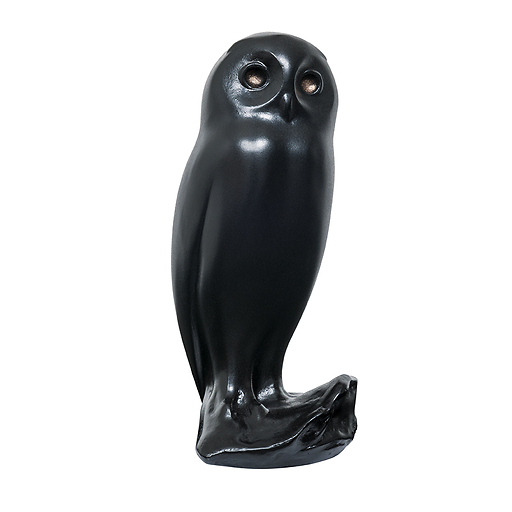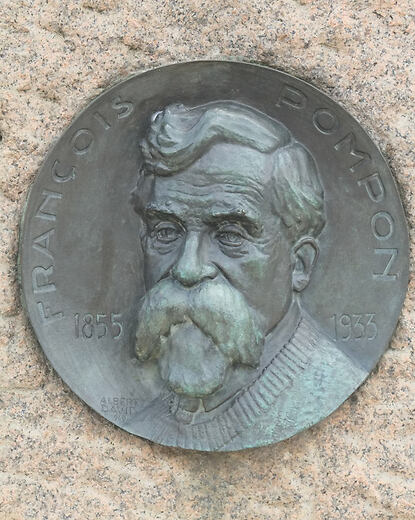Reproduction patinated by hand. Mold made from an imprint of the original work exhibited at the museum in musée d'Orsay.
François Pompon finds his models of domestic animals in summer, on the farm and in the backyards in the countryside. "It is the movement that determines the shape", so he followed...
Read more
Reproduction patinated by hand. Mold made from an imprint of the original work exhibited at the museum in musée d'Orsay.
François Pompon finds his models of domestic animals in summer, on the farm and in the backyards in the countryside. "It is the movement that determines the shape", so he followed their movements to represent their approach as faithfully as possible.
Close

